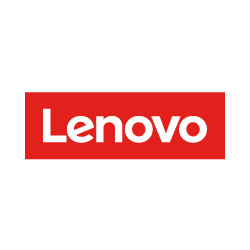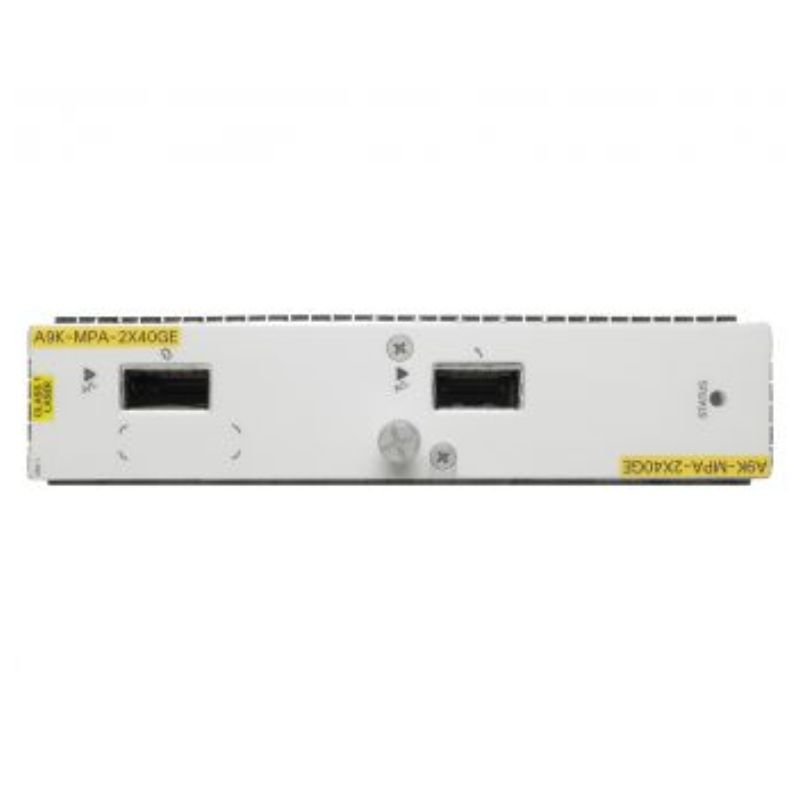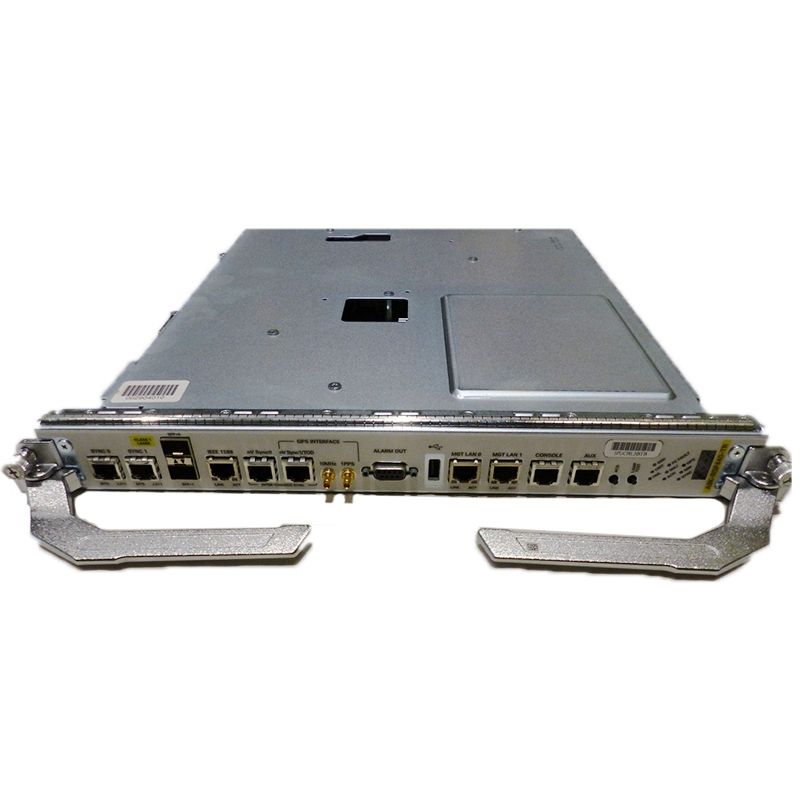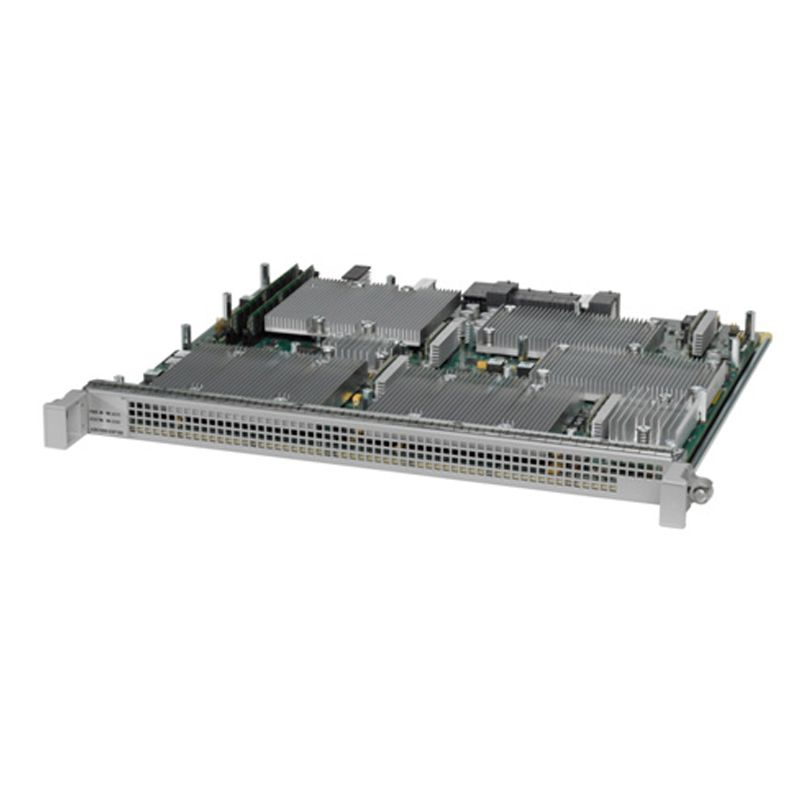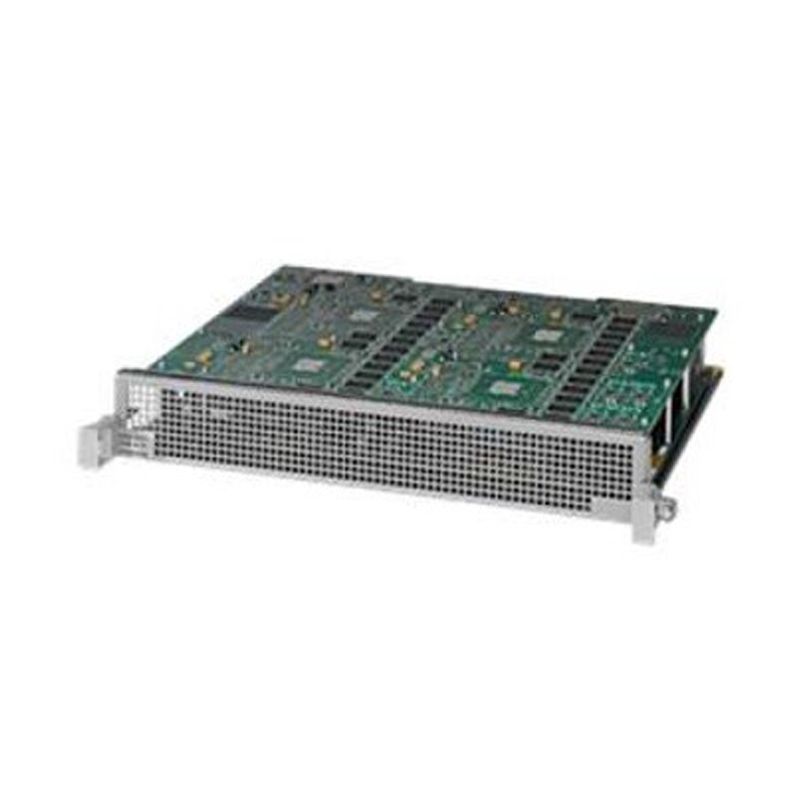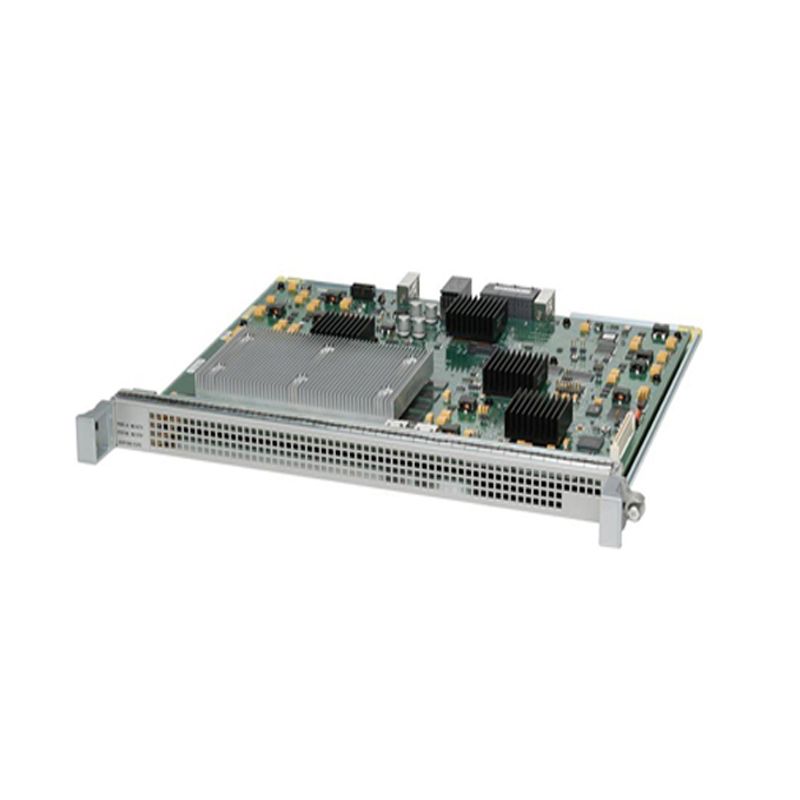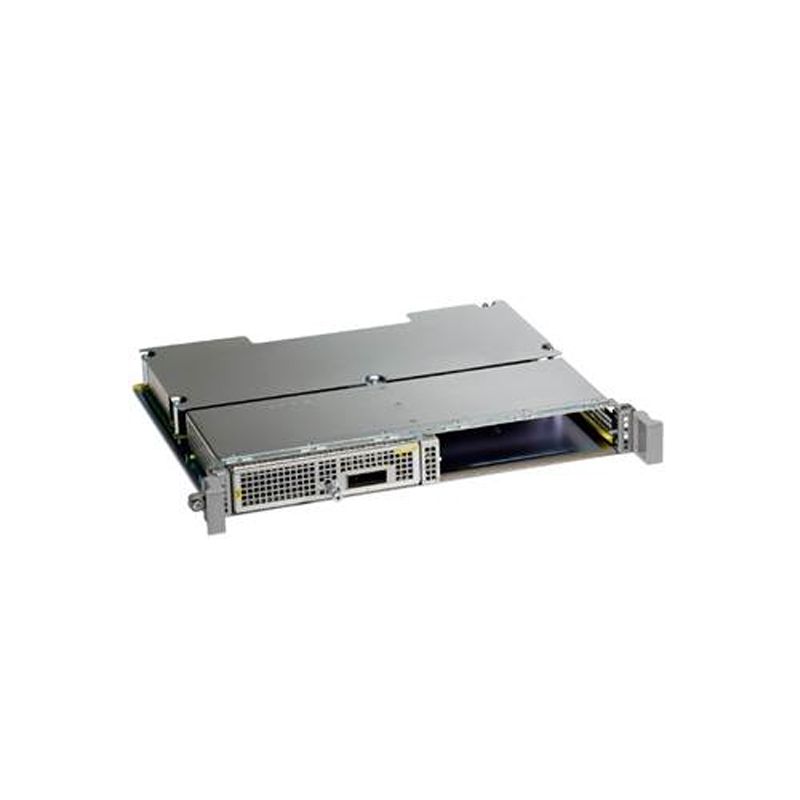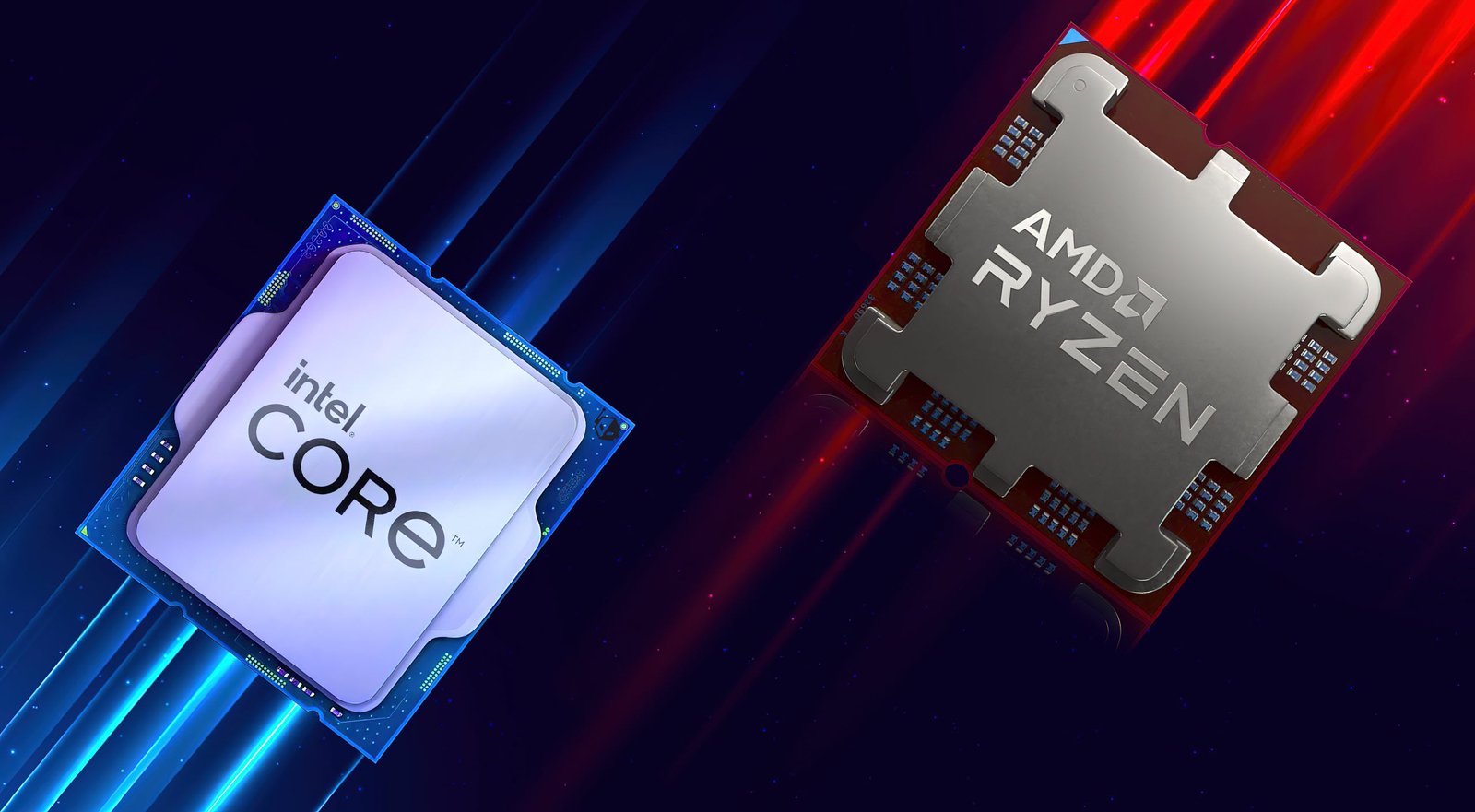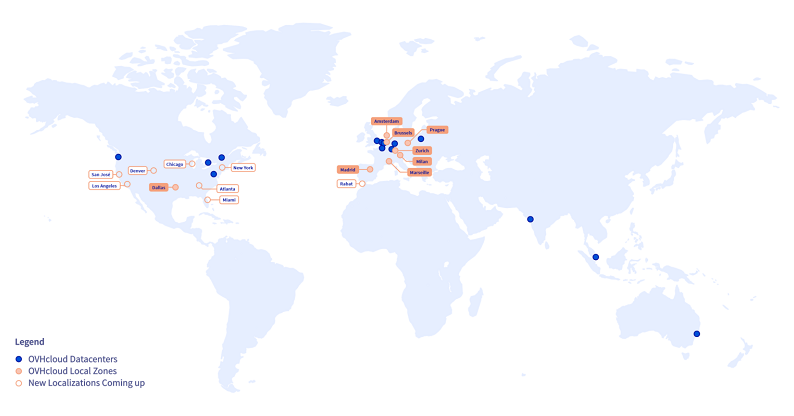A Local Area Network (LAN) is a computer network with a limited geographical range, typically used to connect devices within a small area, such as a home, school, office, or corporate campus. Renowned for its high data transfer speeds and reliability, LAN is a cornerstone of modern communication and data sharing.
Features of LAN
1.Limited Range
LANs are confined to a small geographical area, allowing devices to connect via wired or wireless means.
2.High Data Transfer Speeds
Compared to Wide Area Networks (WANs), LANs offer significantly higher speeds, often reaching hundreds of Mbps or even Gbps, making them ideal for high-bandwidth requirements.
3.Resource Sharing
Devices within a LAN can share resources like printers, file servers, and internet connections, greatly enhancing efficiency.
4.Cost-Effectiveness
Due to their limited scope, LANs are relatively inexpensive to deploy and maintain, without relying on external internet service providers for data transmission.
Components of LAN
1. End Devices
These include computers, smartphones, printers, and network-attached storage (NAS) devices, responsible for sending and receiving data.
2. Networking Devices
- Switches: Connect multiple end devices and enable efficient data transfer.
- Routers: Link the LAN to the internet or other networks.
- Wireless Access Points (APs): Provide wireless connectivity, allowing devices to connect to the LAN via Wi-Fi.
3. Transmission Media
- Wired Media: Such as twisted-pair cables or fiber optics, ensuring stable high-speed connections.
- Wireless Media: Such as Wi-Fi signals, offering flexible device access.
Types of LAN
1.Wired LAN
Devices are connected via cables, providing high stability and resistance to interference. This type is ideal for environments demanding high reliability and speed, such as corporate networks.
2.Wireless LAN (WLAN)
Devices connect wirelessly through signals like Wi-Fi, offering greater flexibility in installation and use, making it suitable for homes and mobile workspaces.
Practical Applications of LAN
1.Home Networks
Home LANs connect a variety of devices, including smart TVs, gaming consoles, smartphones, and computers. Through a router, all devices can access the internet and share resources like printers or files.
2.Office Environments
In offices, LANs connect employees’ computers, printers, file servers, and meeting devices, enabling seamless collaboration and boosting productivity.
3.Education
Schools and universities use LANs to support classrooms, laboratories, and libraries, allowing students and staff to share educational resources and access the internet conveniently.
4.Industry and Research
In industrial control systems and research environments, LANs connect sensors, monitoring devices, and data centers to enable real-time data collection and analysis.
Future Trends in LAN
As technology advances, LANs are evolving. Innovations such as Gigabit Ethernet and Wi-Fi 6 are enhancing LAN performance. Additionally, with the rise of smart homes, the Internet of Things (IoT), and Industry 4.0, LANs are becoming even more critical in connecting intelligent devices. Looking forward, we can expect faster speeds, lower latency, and broader compatibility.
Conclusion
As a vital component of modern network architecture, LANs are deeply integrated into our daily lives and work. Whether connecting devices at home or supporting business operations, LANs play a critical role. By enabling efficient resource sharing and communication, LANs not only boost productivity but also drive the digital transformation of society. In the future, with emerging technologies, LANs will undoubtedly embrace even greater opportunities for development.







